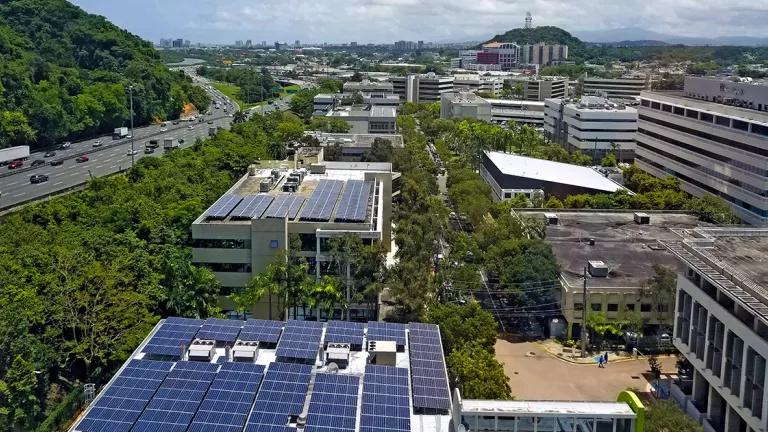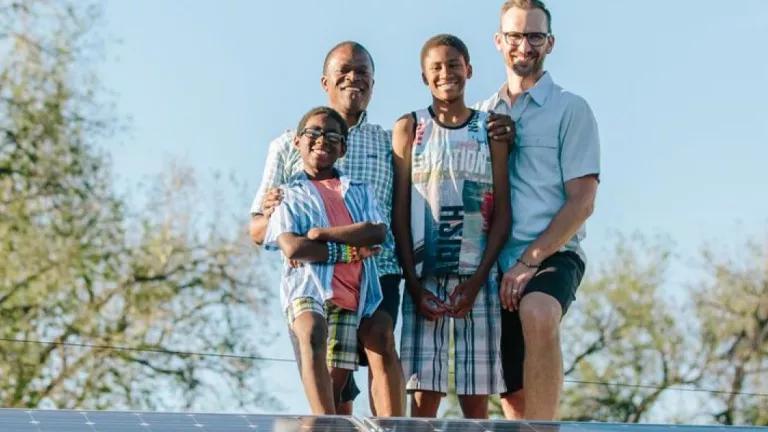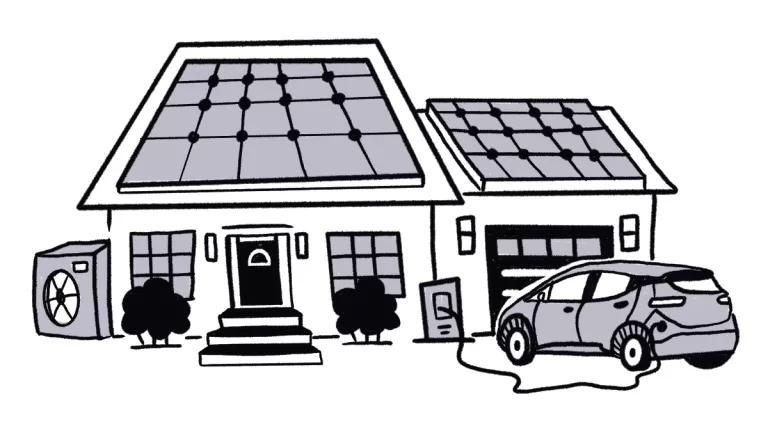Biden Administration Set to Invest $20 Billion in Clean Energy Finance
EPA invites applications through October under two of three Greenhouse Gas Reduction Fund (GGRF) investments

Karl Callwood
Vice President Kamala Harris and U.S. Environmental Protection Agency (EPA) Administrator Michael Regan rolled out grant competitions for two massive investments in community climate and clean energy financing today at an event in Baltimore, Maryland.
The two funds total $20 billion and comprise the bulk of the Greenhouse Gas Reduction Fund (GGRF), an historic $27 billion investment—one of the largest in the Inflation Reduction Act—to combat climate change, advance environmental justice, and accelerate the transition to an equitable clean energy future.
- The $14 billion National Clean Investment Fund (NCIF) will make 2-3 awards to national nonprofits that will provide financing to businesses, communities, community lenders, and others for tens of thousands of low- and zero-emission projects, specifically projects that decarbonize buildings and transportation and distribute power generation. At least 40 percent of NCIF investments, consistent with Justice40 principles, will benefit low-income and disadvantaged communities.
- The deadline for NCIF applications is October 12.
- Details will be available at a public webinar on July 26.
- The $6 billion Clean Communities Investment Accelerator (CCIA) will make 2-7 awards to “nonprofit hubs” that will rapidly expand the clean finance ecosystem by providing funds to community lenders that have the experience, expertise, and relationships needed to rapidly deploy capital in underserved markets. The CCIA is entirely dedicated to low-income and disadvantaged communities. Community lenders include community development financial institutions (CDFIs and Native CDFIs), credit unions, green banks, housing finance agencies, minority depository institutions, and others.
- The deadline for CCIA applications is October 12.
- Details will be available at a public webinar on July 27.
A third competition, the $7 billion program known as Solar for All (SFA), launched in June.
NRDC is reviewing the details of today’s announcement and collaborating with community partners to assess EPA’s plans. At first glance, we are encouraged to see that EPA appears to have strengthened its plans since releasing its technical Implementation Framework earlier this year. At least three aspects of today’s announcement are consistent with comments NRDC submitted to the agency.
- EPA has increased the maximum award to $10 million for community lenders through CCIA, with flexibility to go above that amount with justification. NRDC and partners considered the original cap artificially low and urged EPA to make such a change to truly induce market transformation at the community lender level, as well as to provide the awarded nonprofit hubs the discretion to allocate resources according to their awarded methodology.
- EPA is apparently loosening previously proposed limits on allowable predevelopment investments and has added a focus on market-building investments in the NCIF. Both of these changes will help NCIF awardees build a pipeline of green projects and strengthen the likelihood that the financial assistance provided through all three GGRF programs can be efficiently and effectively deployed to deliver tangible quality of life improvements for communities across the country.
- EPA is boosting the maximum technical assistance award for community lenders under the CCIA to $1 million, with flexibility to go higher with justification. This is responsive to the call by NRDC and others for a larger downpayment for community lenders to build internal capacity to deploy clean energy projects across the country.
The GGRF is poised to provide catalytic financial support to clean energy projects across the country that will deliver real, lasting benefits for both the climate and communities. It will help move our country toward its goals of reducing greenhouse gas emissions and achieving net zero by 2050. Importantly, it will invest the majority of funds to deliver benefits in low-income and disadvantaged communities all over the U.S.—an investment that is long overdue. The GGRF has the potential to transform our financial system and rapidly accelerate the country’s action on climate, expanding clean energy, lowering costs, creating jobs and making people and communities more healthy through cleaner transportation, cleaner air, and energy-efficient housing.
The agency’s full announcement can be found here.






